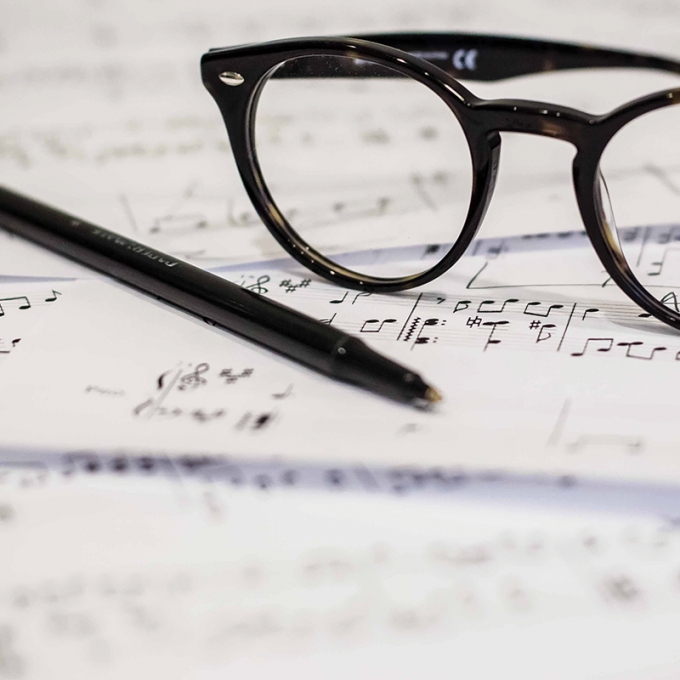In addition to the structure and perception of musical texture, Ben Duane's research involves music cognition more generally, computational modeling, form, music of the 18th and early 19th centuries, and intersections between music theory and probability theory.
Ben Duane earned his doctorate in Music Theory and Cognition at Northwestern University. His dissertation, advised by Robert Gjerdingen, was entitled Texture in First-Movement Expositions of Eighteenth- and Early Nineteenth-Century String-Quartet Expositions. In addition to the structure and perception of musical texture, his research involves music cognition more generally, computational modeling, form, music of the 18th and early 19th centuries, and intersections between music theory and probability theory. His research has appeared in the Journal of Music Theory and Music Perception, among other venues. He currently has three articles in the works: one on texture in Schubert's three-key expositions, another on the probabilistic structure of different types of musical lines, and a third on retransitions in the sonata forms of Haydn, Mozart, and early Beethoven. Before coming to Washington University, Professor Duane held a Mellon Post-Doctoral Fellowship at Columbia University.


